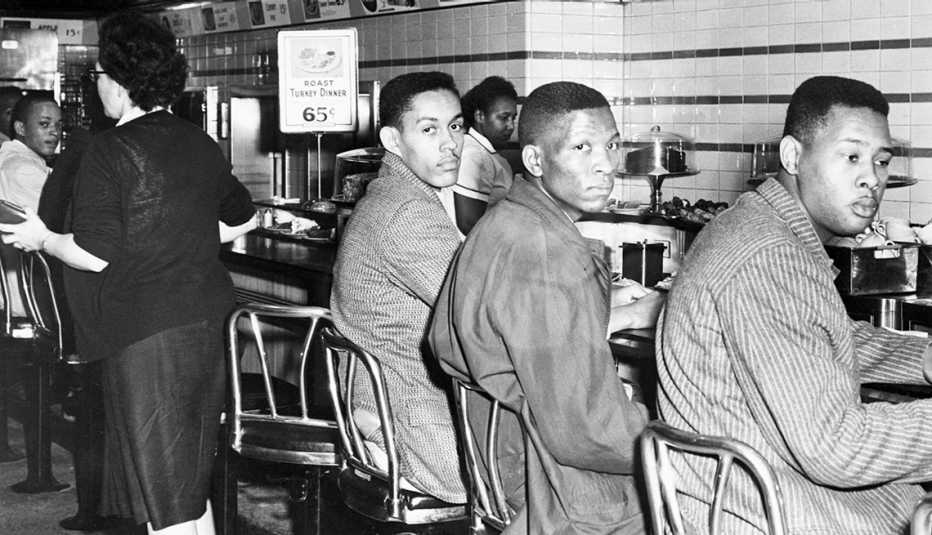AARP Hearing Center


Throughout the civil rights movement, ordinary people have contributed in countless ways, becoming part of its legacy and accomplishments. Nearly 14 years ago, AARP ventured out on a 70-day bus tour, through 22 states, to gather some stories, which resulted in a collection of thousands of oral histories and photographs. In collaboration with the Leadership Conference on Civil Rights, AARP donated those stories to the Library of Congress to create the Voices of Civil Rights exhibition. In honor of Martin Luther King Jr. Day, we are highlighting and updating a few of the stories housed there.
A living witness to civil rights
Johnnie Pearl Young saw the aftermath of the tragic murder of civil rights leader Medgar Evers by a white supremacist on June 12, 1963. Young lived across the street from Evers, who was shot while returning home from an NAACP meeting, and her husband helped to rush him to the hospital. Young describes herself as "a living witness to the civil rights movement."
Evers was the first field secretary for the NAACP in Jackson, Miss., where he fought segregation at the University of Mississippi and other forms of discrimination. He faced numerous threats before his assassination and was only 37 when he was killed. His widow, Myrlie, fought for 30 years to bring his killer to justice, and white supremacist Byron De La Beckwith was finally convicted in 1994, an event that was depicted in the 1996 film Ghosts of Mississippi.
Evers knew that his civil rights activism might lead to his death, Young told AARP. "He knew exactly how it was going to happen. … He said, 'All of these things will be changed if I pay the price.' "
Young still lives in Jackson, and on June 12, 2017, she helped to mark the 54th anniversary of Evers' death at a ceremony at the site where he died.
Don't stereotype by virtue of age or color
While he was in college, Franklin McCain, who passed away in 2014 at age 73, participated in a lunch-counter sit-in at a Greensboro, N.C., Woolworth's to protest segregation.
"I certainly wasn't afraid," McCain said in an interview with NPR. "And I wasn't afraid because I was too angry to be afraid. If I were lucky, I would be carted off to jail for a long, long time. And if I were not so lucky, then I would be going back to my campus, in a pine box." That event has been credited with igniting a chain of sit-ins during the Jim Crow–era South that was a key part of the civil rights movement.
During that first sit-in, McCain and his classmates were denied service and told by the manager that they weren't welcome, and a police officer observed the protesters while swatting his hand with his night stick, although the incident never turned violent. While the young men sat there, an older white woman came over and whispered to them, "Boys, I'm so proud of you."

































































More From AARP
Social Security Trustees Project Shortfall by 2034
Forecast moves up date when benefits could be cut
What Issues Will Sway the Midterm Elections for 50+ Voters?
For many older Americans, winning their support will come down to how candidates plan to tackle real problems